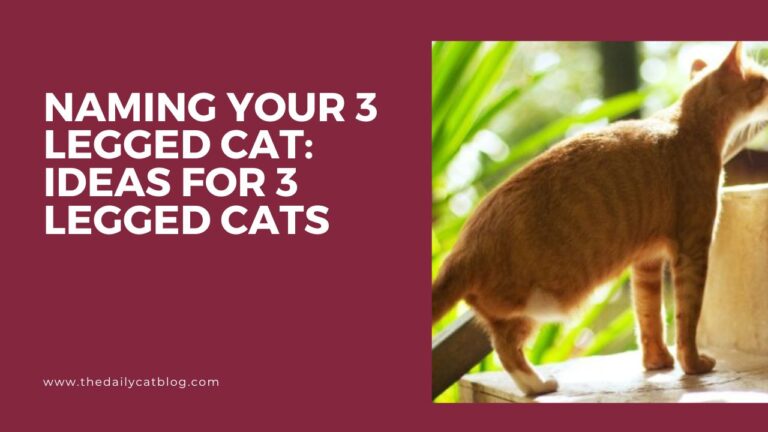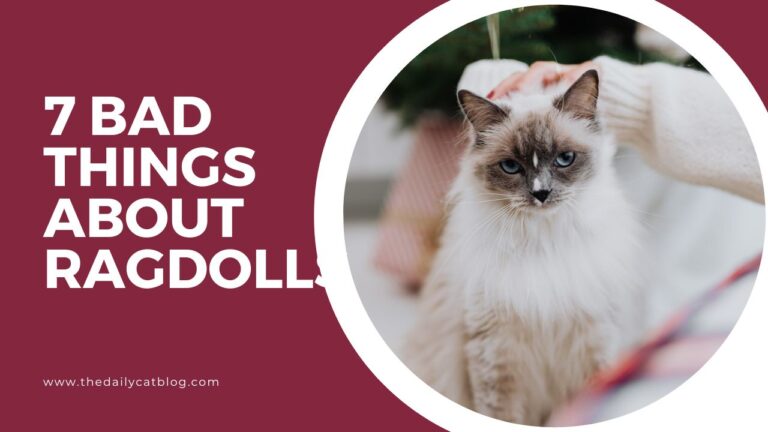Naming Your Tri-Pawed Pal: Ideas for Three-Legged Cats
If you’re lucky enough to welcome a three-legged cat into your life, you know they’re a special kind of feline. These cats have overcome obstacles that most can’t even imagine, and they deserve a name that reflects their strength and resilience. In this article, we’ll explore a variety of creative and meaningful names that are…


